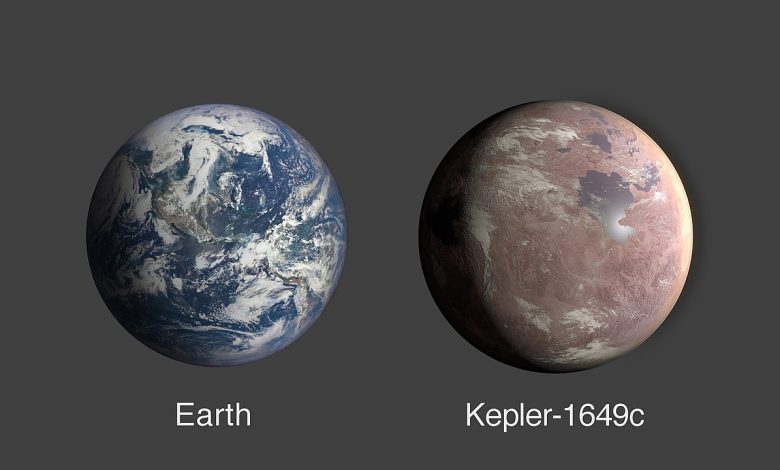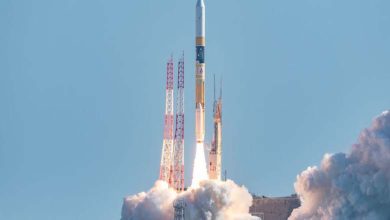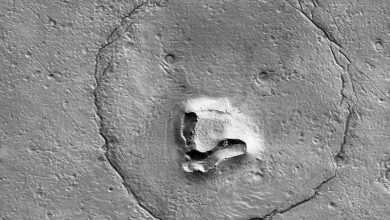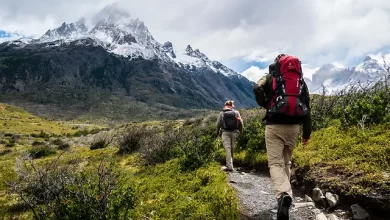NASA satellite discovers second Earth-sized planet in habitable zone

Scientists from NASA announced that they discovered an Earth-size planet orbiting its star’s habitable zone.
Called TOI 700 e, the planet is part of the TOI 700 system and is 95% the Earth’s size and likely rocky, according to NASA, which used data from its Transiting Exoplanet Survey Satellite (TESS).
“This is one of the rare systems we know of with numerous tiny planets inside the habitable zone,” said Emily Gilbert, a postdoctoral researcher at NASA’s Jet Propulsion Laboratory (JPL) in southern California, who led the research.
“The TOI 700 system is exciting for extra monitoring. This system also demonstrates how TESS observations help us identify smaller planets. Planet e is around 10% smaller than planet d.”
Gilbert presented the discovery on behalf of her team at the 241st American Astronomical Society conference in Seattle. The Astrophysical Journal Letters approved a manuscript on the newly found planet.
TOI 700, a cold M-type dwarf star in Dorado, about 100 light-years away. Gilbert and others discovered Earth-sized planet d in the habitable zone in 2020.
TOI 700 b, the innermost planet, circles the star every ten days and is 90% Earth-sized. TOI 700 c orbits Earth every 16 days and is 2.5 times bigger. The planets are likely tidally locked, meaning they spin just once in each orbit and always face the star, like the Moon.
TESS observes sectors for 27 days. These extended observations enable the satellite to follow variations in stellar brightness induced by a planet transiting its star from our viewpoint. The project began observing the austral (southern hemisphere) sky in 2018 before moving to the northern. In 2020, it observed the southern sky again. The scientists refined planet sizes by 10% after a year of collecting data.
“If the star was a bit closer or the planet was a little larger, we could have been able to discover TOI 700 e in the first year of TESS data,” said University of Maryland College Park Ph.D. candidate Ben Hord. NASA’s Goddard Space Flight Center in Greenbelt, Maryland, graduate researcher. “The signal was so faint that we required the additional year of transit observations to discover it.”
TOI 700 e, which may be tidally locked, orbits its star in 28 days, putting it between planets c and d in the optimistic habitable zone.
Scientists describe the optimistic habitable zone as the range of distances from a star where liquid water may have existed on a planet’s surface. This location is in the conservative habitable zone, where experts expect liquid water to last much of the planet’s lifespan. TOI 700 d orbits here.
Planetary scientists learn about our solar system’s past by finding other Earth-sized systems in this area
Gilbert said space-based and ground-based observatories are studying the TOI 700 system to learn more about it.
“TESS has recently finished its second year of northern sky studies,” said Goddard research astronomer and associate TESS project scientist Allison Youngblood. “We’re excited to find the other intriguing discoveries in the mission’s treasure mine of data.”











